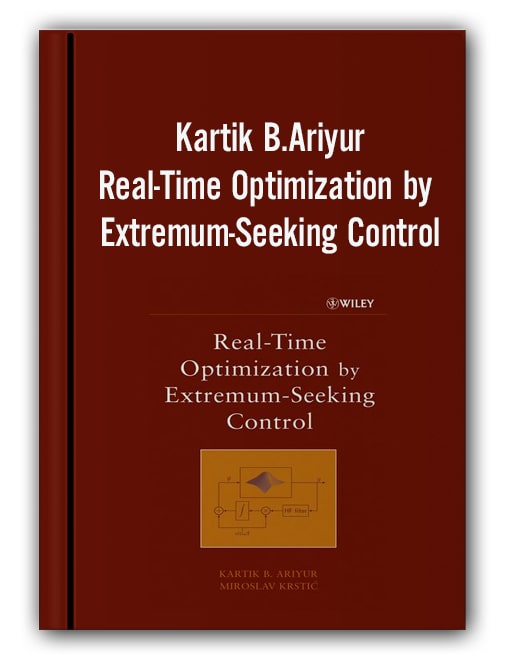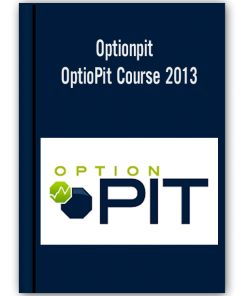Kartik B.Ariyur – Real-Time Optimization by Extremum-Seeking Control
Only registered users can download.
Please LOGIN/REGISTER
Real-Time Optimization by Extremum-Seeking Control
About this book
An up-close look at the theory behind and application of extremum seeking
Originally developed as a method of adaptive control for hard-to-model systems, extremum seeking solves some of the same problems as today’s neural network techniques, but in a more rigorous and practical way. Following the resurgence in popularity of extremum-seeking control in aerospace and automotive engineering, Real-Time Optimization by Extremum-Seeking Control presents the theoretical foundations and selected applications of this method of real-time optimization.
Written by authorities in the field and pioneers in adaptive nonlinear control systems, this book presents both significant theoretic value and important practical potential. Filled with in-depth insight and expert advice
Real-Time Optimization by Extremum-Seeking Control:
* Develops optimization theory from the points of dynamic feedback and adaptation
* Builds a solid bridge between the classical optimization theory and modern feedback and adaptation techniques
* Provides a collection of useful tools for problems in this complex area
* Presents numerous applications of this powerful methodology
* Demonstrates the immense potential of this methodology for future theory development and applications
Real-Time Optimization by Extremum-Seeking Control is an important resource for both students and professionals in all areas of engineering-electrical, mechanical, aerospace, chemical, biomedical-and is also a valuable reference for practicing control engineers.
Author: Kartik B.Ariyur
I work to reduce the effect of uncertainty in both components and environments of engineering systems. We have achieved this through more measurements, direct measurements that reduce the length of chains of inference, and estimation and control algorithms that exploit signals and constraints of opportunity. I teach advanced courses at Purdue which bring in vast industrial experience, including current work in my company.
Recent results include a terrestrial sun sensor that has progressed through two prototypes, and yields orientation and geolocation with an accuracy dependent upon its sensing components, and indoor geolocation for cell phone users to an accuracy of 20cm using magnetic mapping.
Be the first to review “Kartik B.Ariyur – Real-Time Optimization by Extremum-Seeking Control” Cancel reply
You must be logged in to post a review.
Related products
Forex & Trading
Forex & Trading
Secdution & Love
Forex & Trading
Forex & Trading
Forex & Trading
Forex & Trading
Adam Khoo – Value Momentum Investing Course – Whale Investor












Reviews
There are no reviews yet.